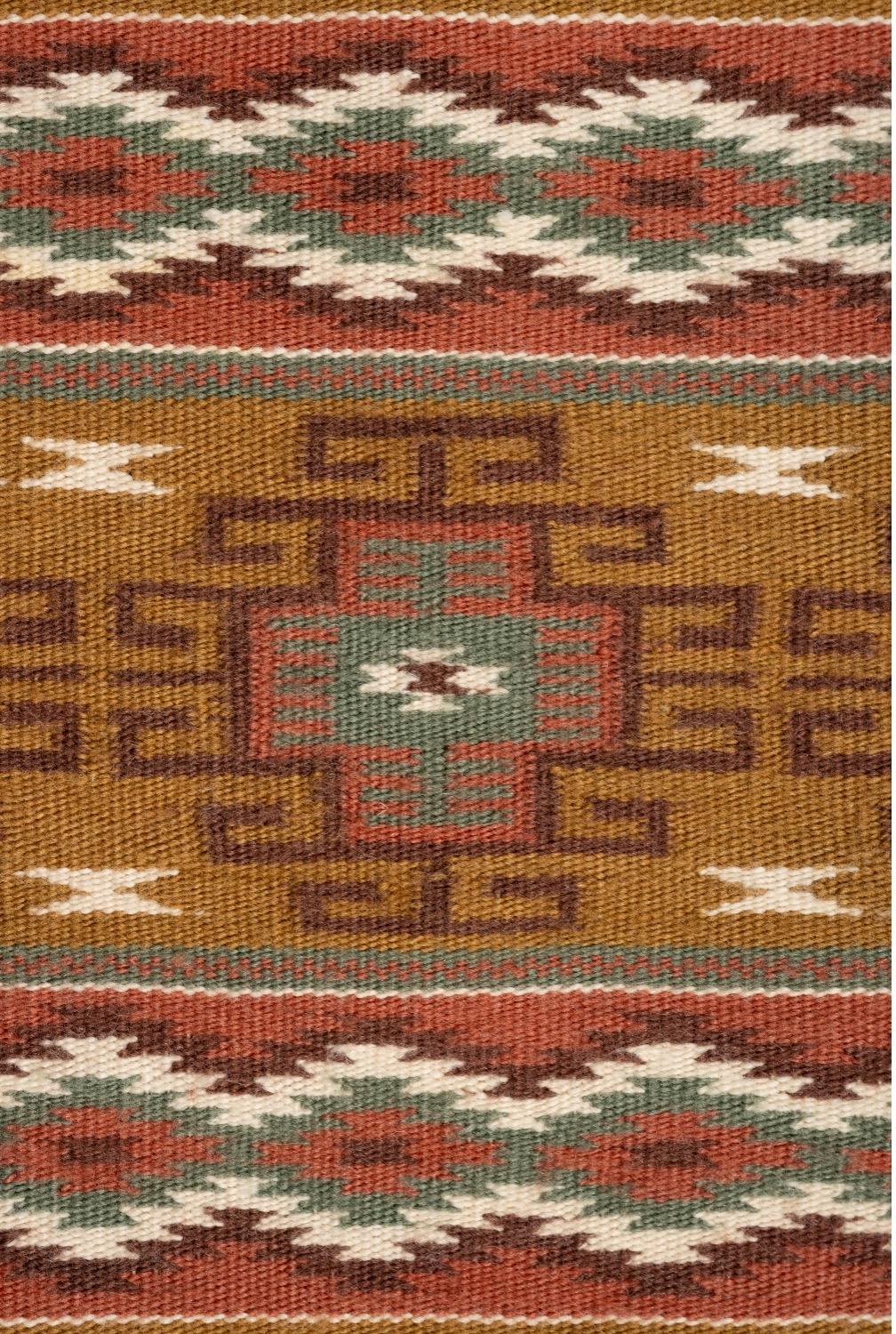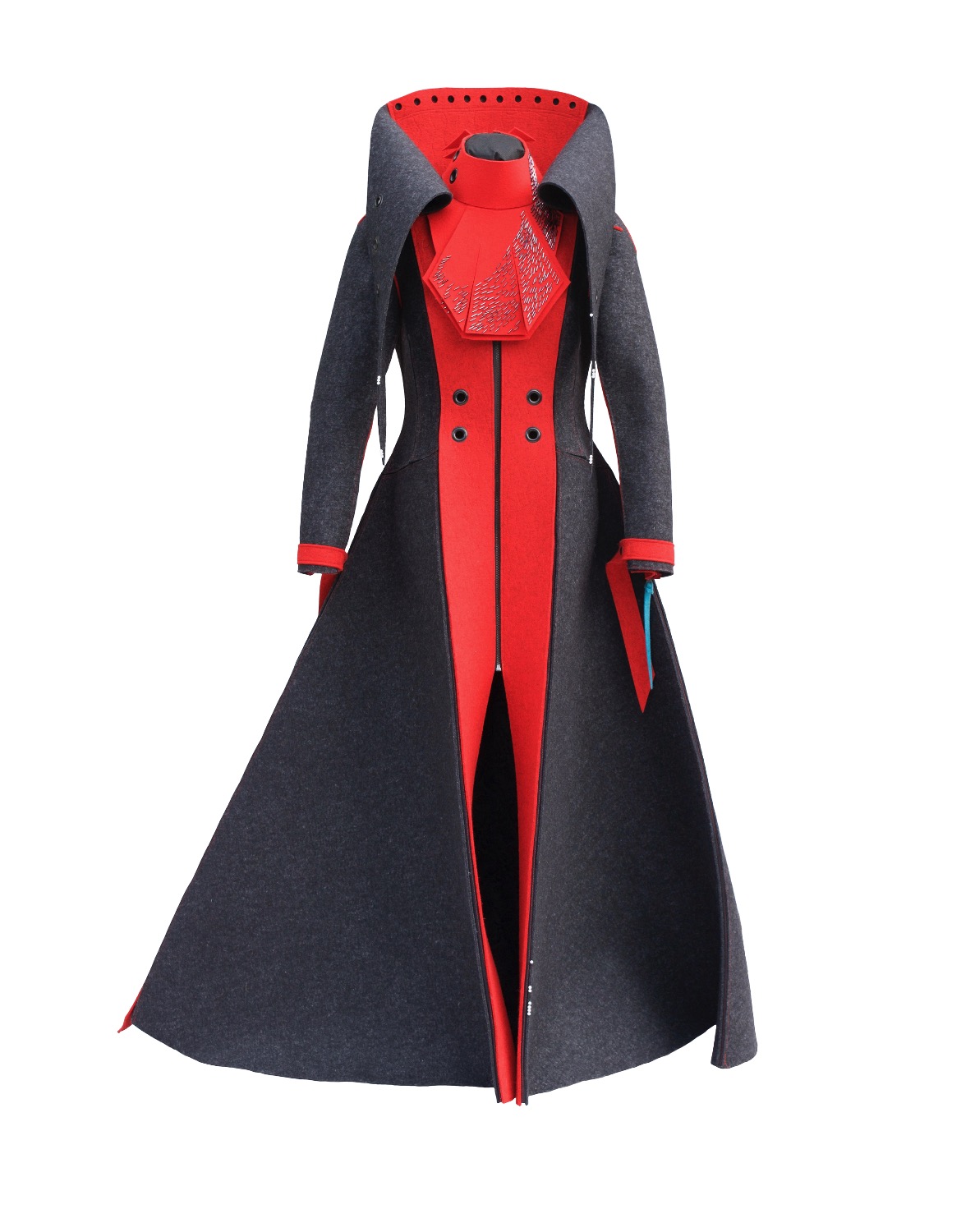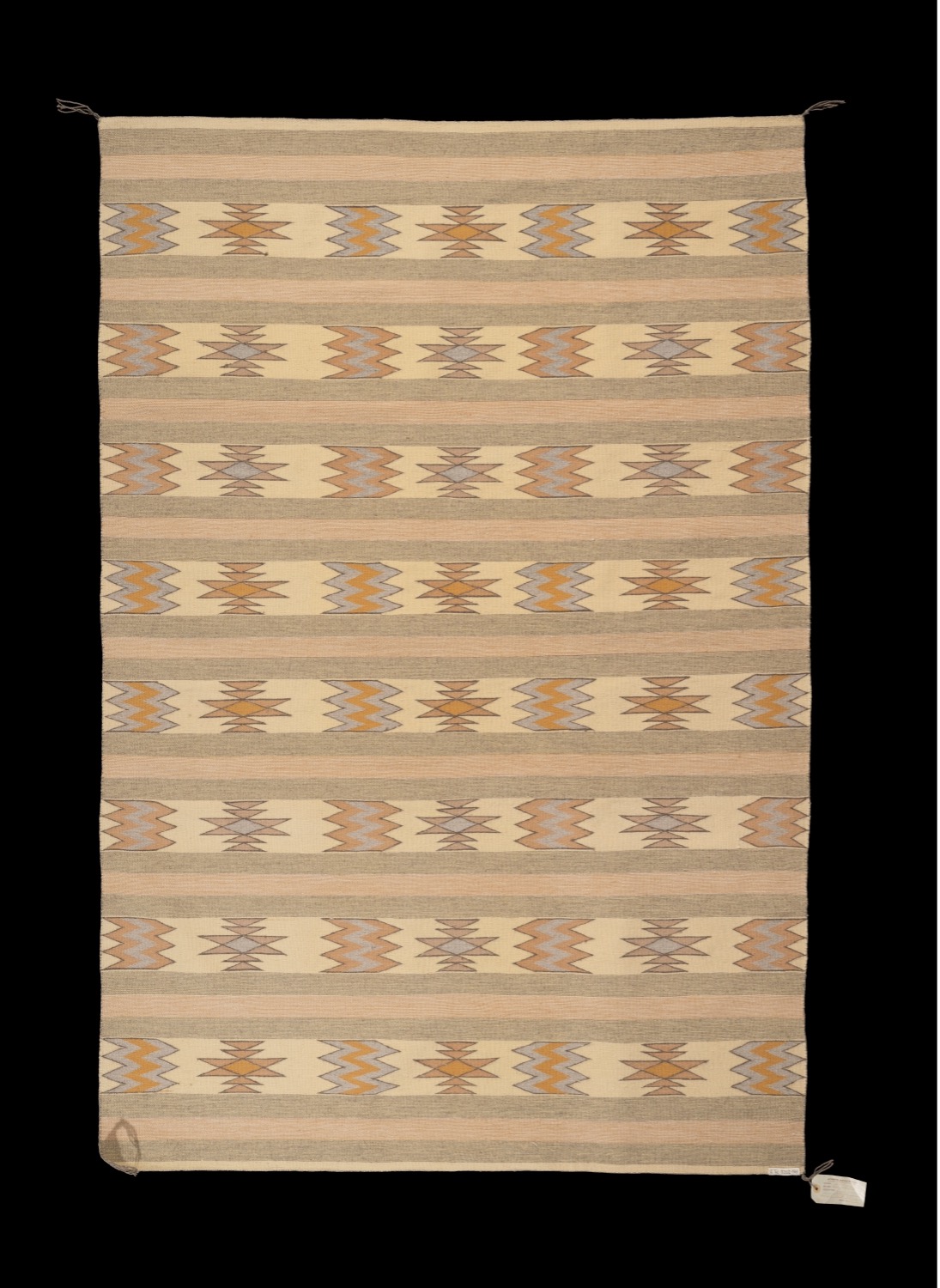
FALL 2023
The Denver Museum of Nature & Science is reinventing its approach to Native American ethnology collections. Indigenous cultures, far from relics of the past, are vibrant, dynamic and ever-changing. In recognition of this, the Museum is now actively pursuing more contemporary Indigenous artwork to enrich its world-renowned collection of Native American art and material culture. The goal is to showcase a more nuanced, complete understanding of artistic innovation that highlights the lived experiences of artists and communities.
Leading the change is the Museum’s latest acquisition of a captivating piece by acclaimed Tlingit artist, Tanis S’eiltin. The coat, or wearable sculpture, bridges ancient cultural practices with futuristic high fashion. Produced using industrial felt, the collar features a stylized octopus, representing a hereditary crest and symbol of the artist’s clan. The weight of the wool felt is symbolically linked to ceremonial regalia as well as the role that women artists play in creating beautiful garments for dances and ceremonies that honor ancestors and clan histories.

The coat, "Untitled,” bridges ancient cultural practices with futuristic high fashion. (Photo/ Tanis S’eiltin)
Chris Patrello, assistant curator of Anthropology, is particularly excited that the Museum has acquired S'eiltin’s work: "The Museum has never acquired anything like this before. The piece helps move our collecting vision forward by allowing us to tell a more complete story of Native American culture.”
"The Museum has never acquired anything like this before..."
Complementing this acquisition is a selection of Diné, or Navajo, weavings. While the Museum has an impressive collection of historical textiles, Patrello explains that most of the weavings date from the 1840s to the 1960s.

Ella Rose Perry’s “Crystal Weaving” is made using handspun wool and natural dyes. (Photo/ Rick Wicker)
Recently acquired weavings, from artists Ella Rose Perry and Betty Roan, among others, were produced in the 1980s and 1990s. Ella Rose Perry’s piece is a “crystal-style weaving,” originating from the Crystal Trading Post in Western New Mexico. J. B. Moore opened the Crystal Trading post in 1896 where he sold weavings that he bought from local weavers. Between 1903 and 1911, he circulated mail order catalogs that allowed buyers to select patterns and wool quality for custom-made textiles. Over time, weavers and traders developed regionally distinct styles that continue today.
These styles have also changed over time, and the Ella Rose Perry weaving exemplifies many of these changes. The designs are organized in horizontal bands separated by alternating stripes of color. The borderless textile is also made from handspun wool dyed with vegetal dyes, giving the textile a restrained color palette of gentle hues.

Betty Ann Roan’s “Wide Ruins Weaving” was a gift from the collection of Loren and Margaret Mall. (Photo/ Rick Wicker)
“It’s essential for us to move beyond the objects themselves and capture the stories, relationships and the human lives that they embody,” said Patrello. “As we reimagine the stories presented in our Museum, I’m thrilled we can introduce these pieces to the public to foster a deeper, richer understanding of ongoing cultural practices.”
“It’s essential for us to move beyond the objects themselves and capture the stories, relationships and the human lives that they embody..."
By adding more recent textiles to the Museum’s strong historical collection, the Anthropology department is positioning itself to acquire contemporary textiles from weavers that are reimagining the possibilities of an artistic practice that is intertwined with the history and living culture of the Diné people.
Catalyst
- Membership: Become a member here and get exclusive stories, news updates and behind-the-scenes content.
- Catalyst Archive: Want to see past printed magazine issues? See Catalyst's archive, here.
- Multilingual option: Select your preferred language from the Google Translate tab located in the top right-hand corner and you can enjoy our content in your language. While we acknowledge that Google Translate is not perfect, we're committed to enhancing inclusivity and accessibility through available technology.